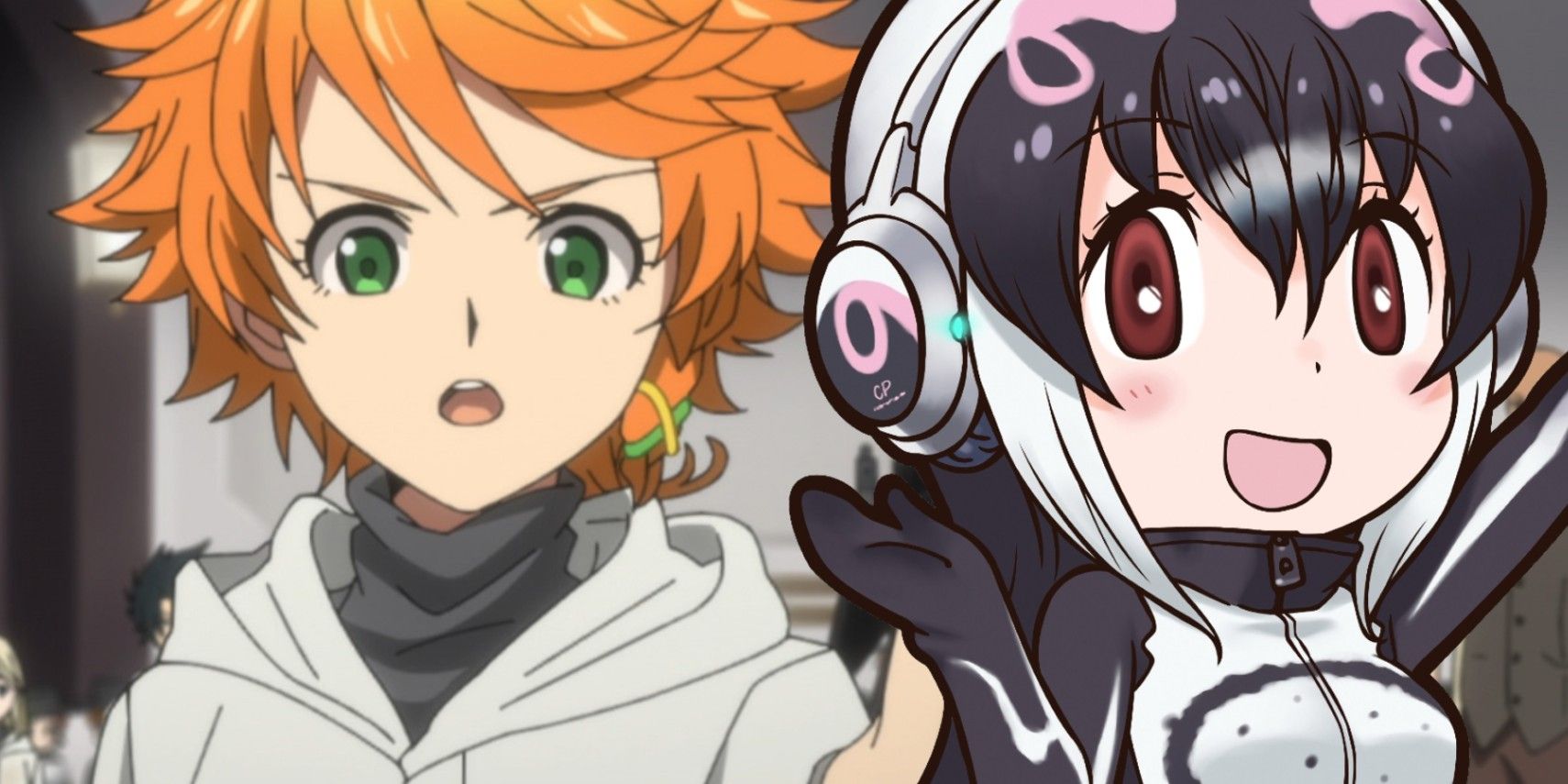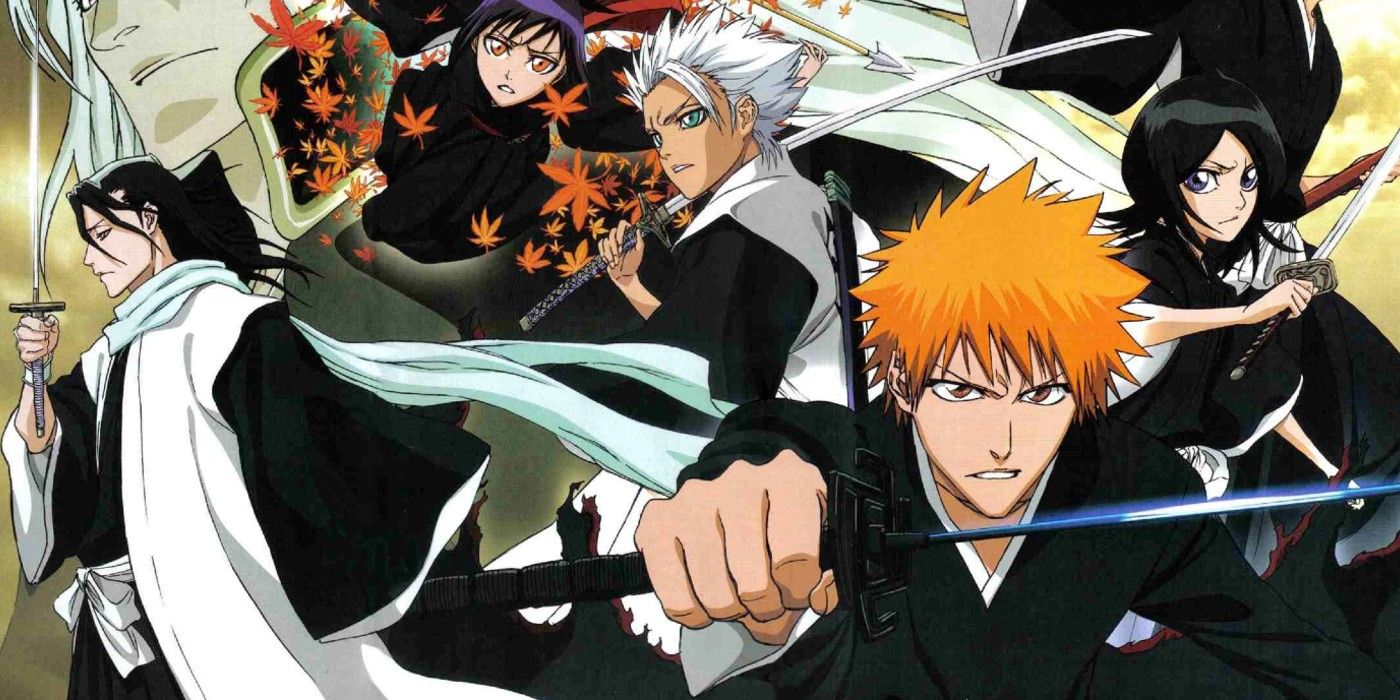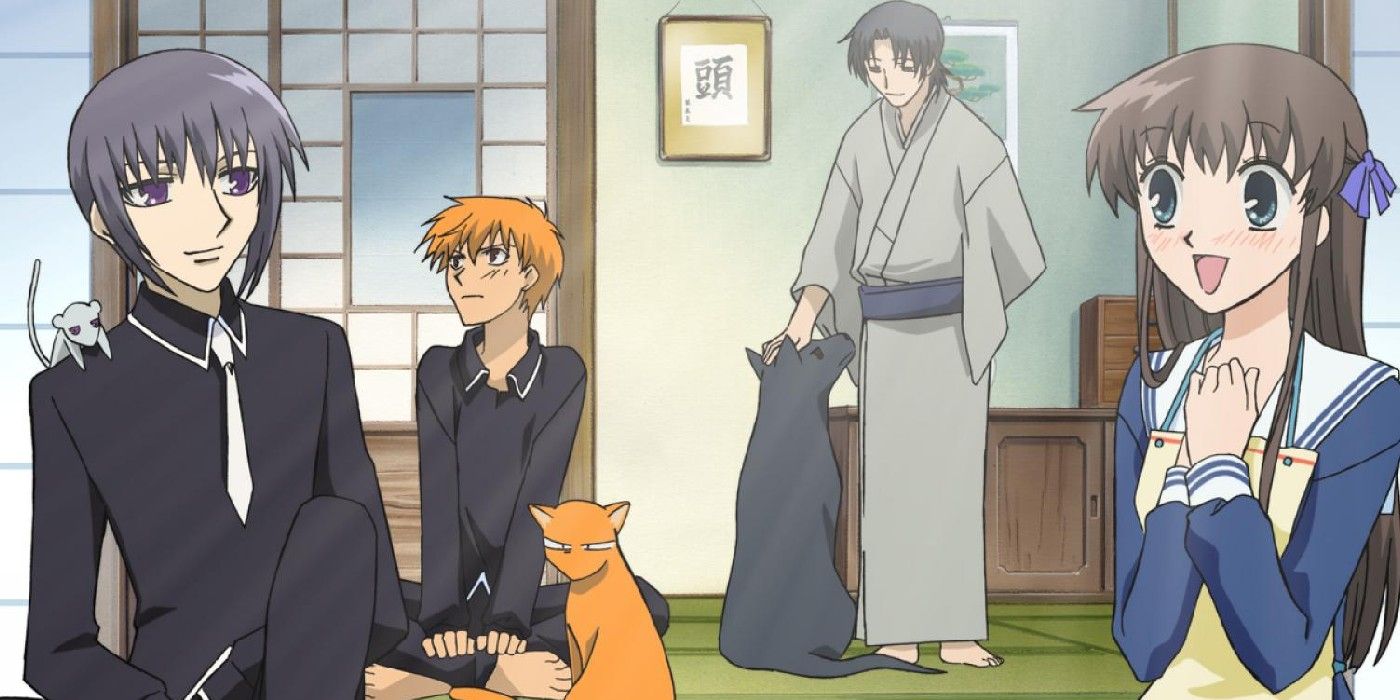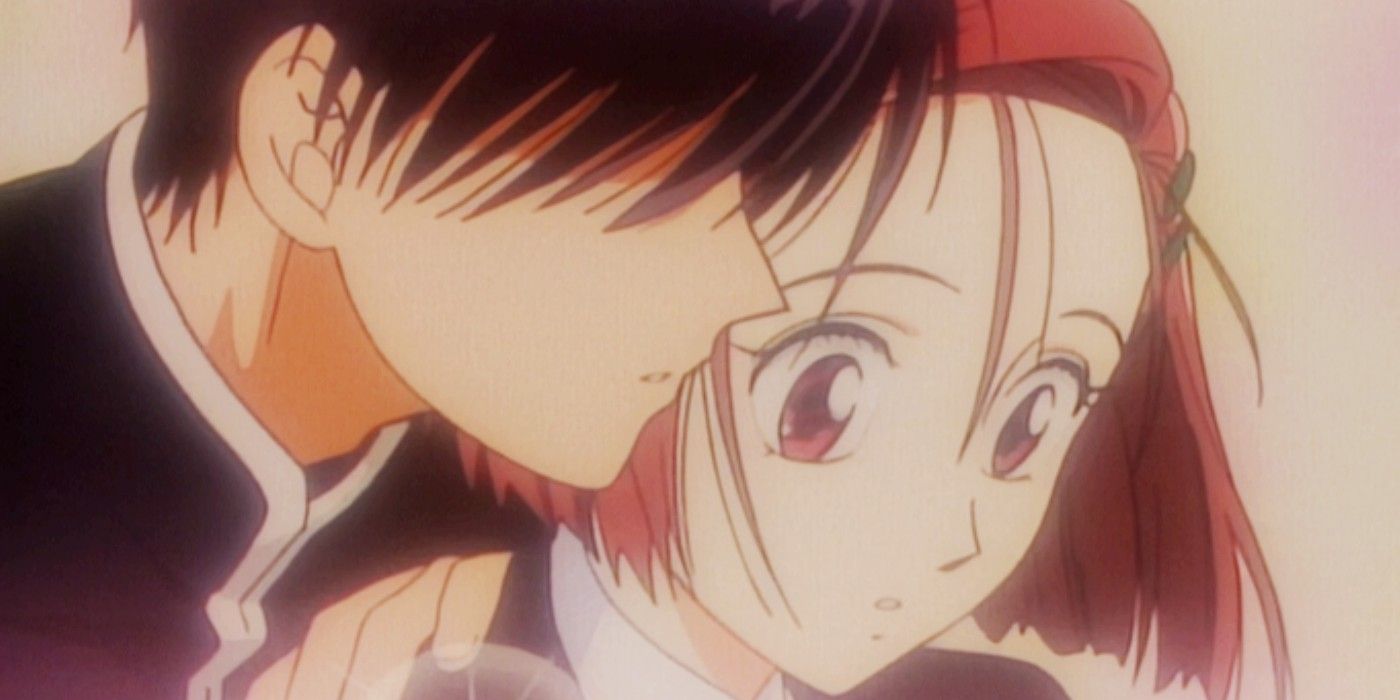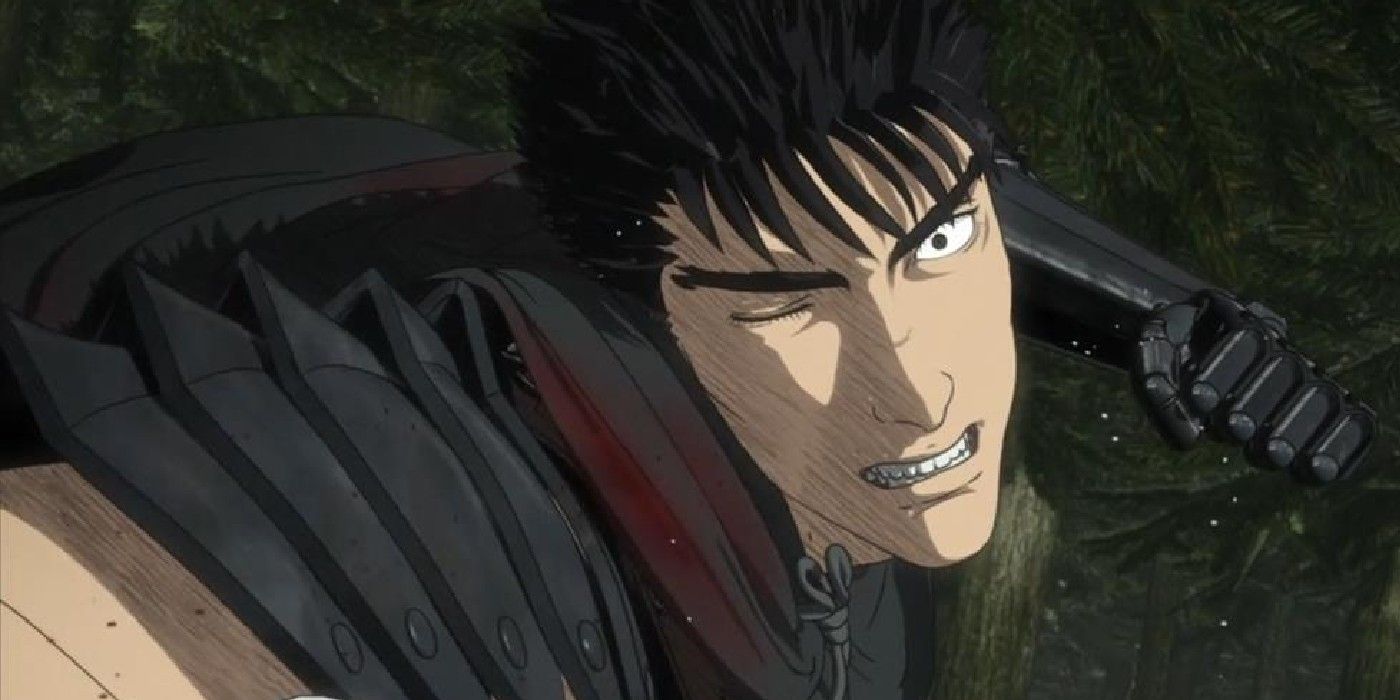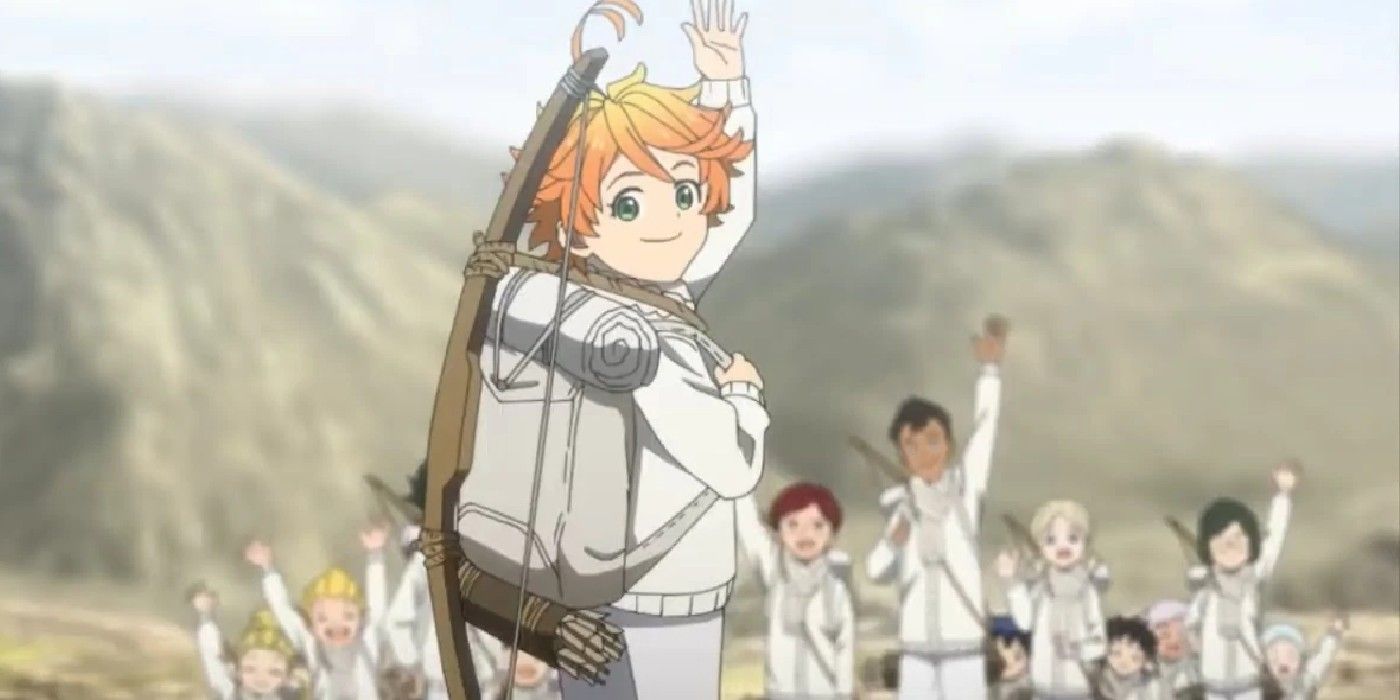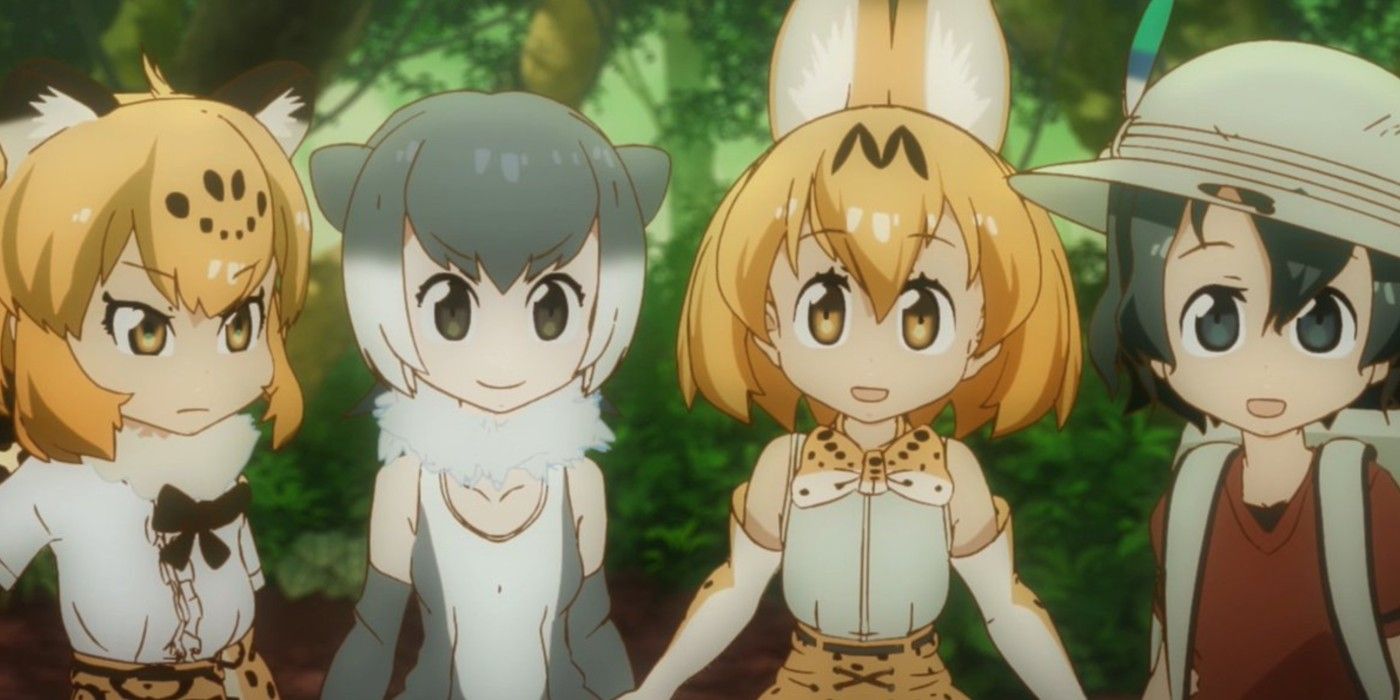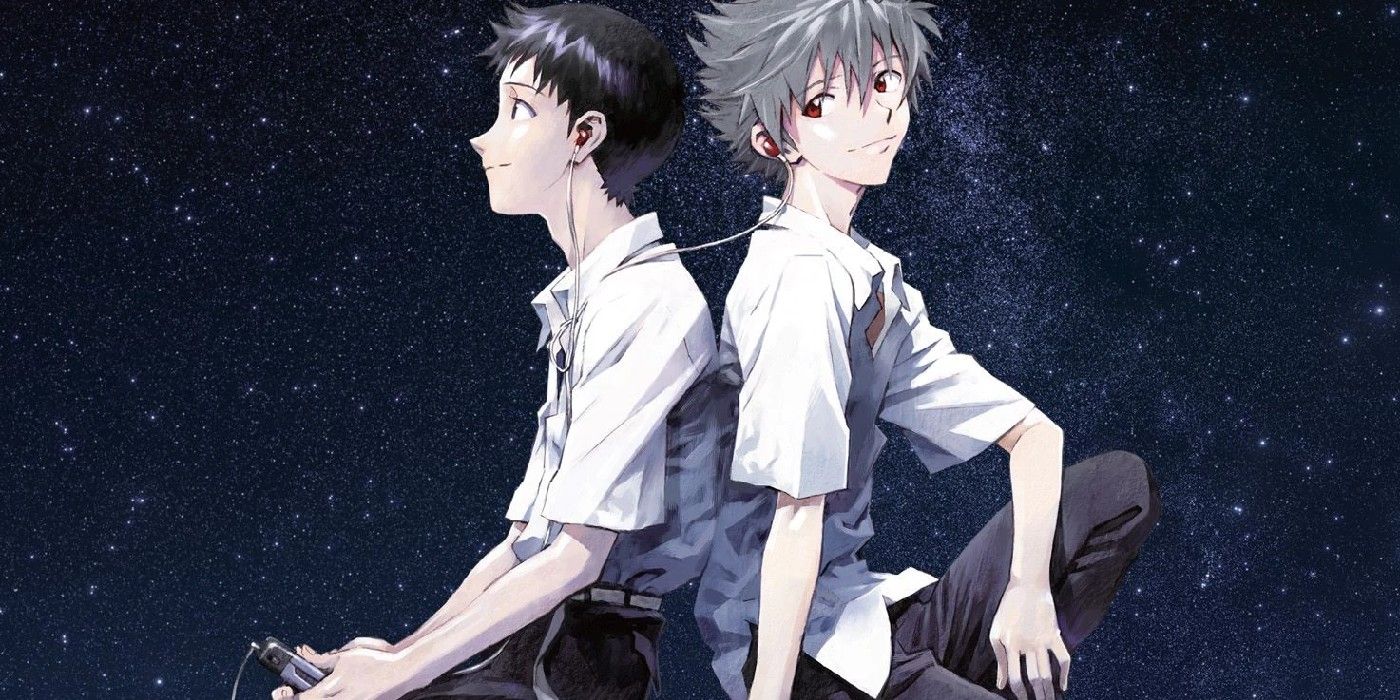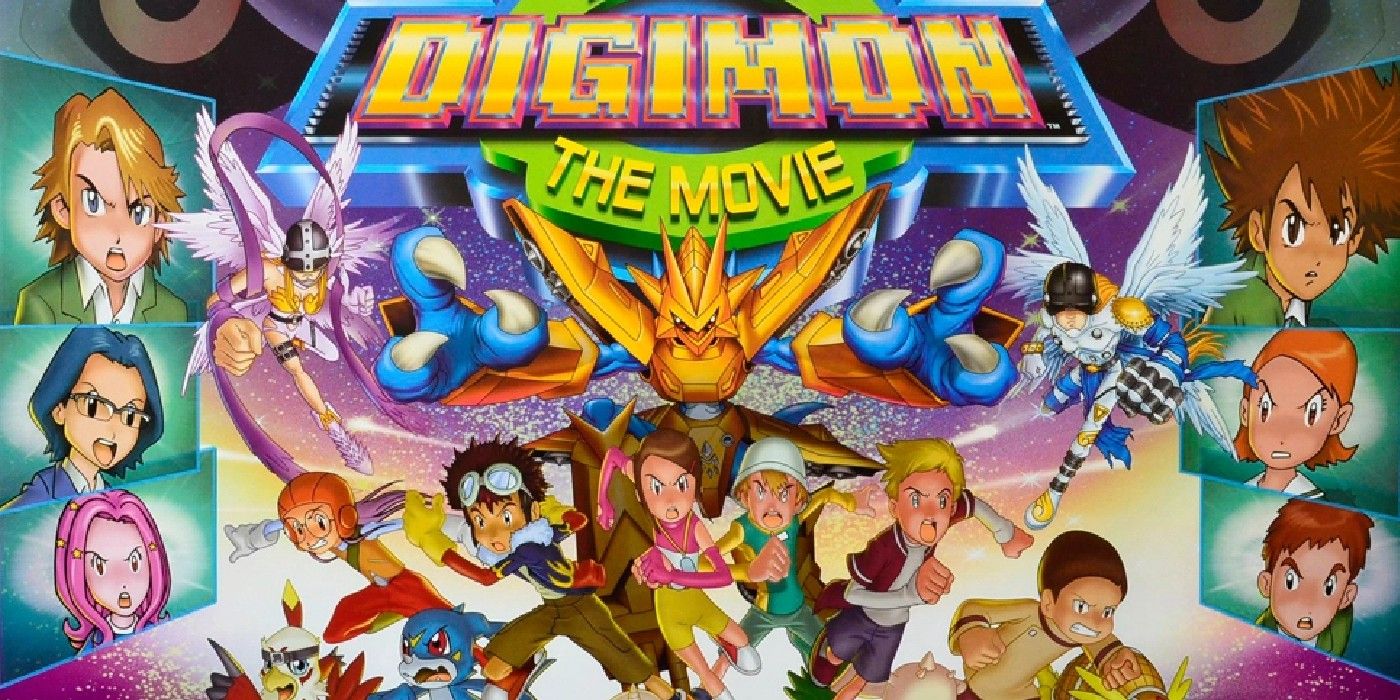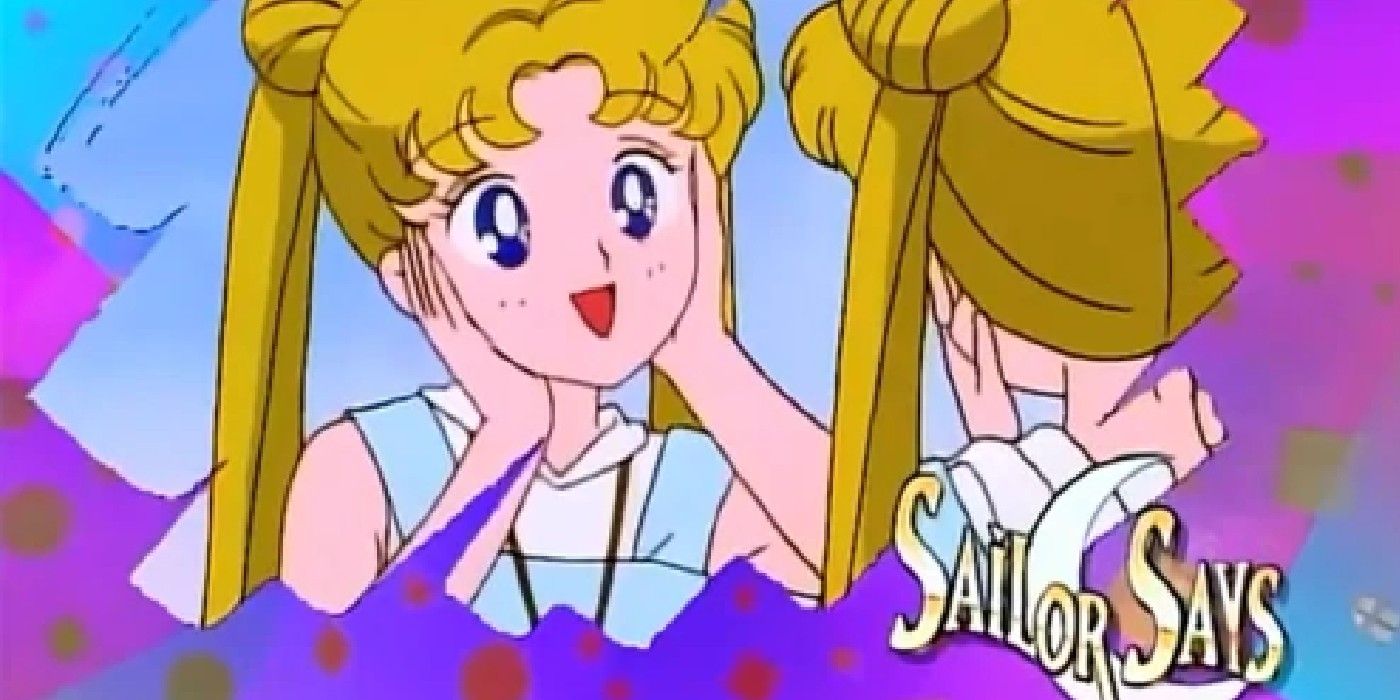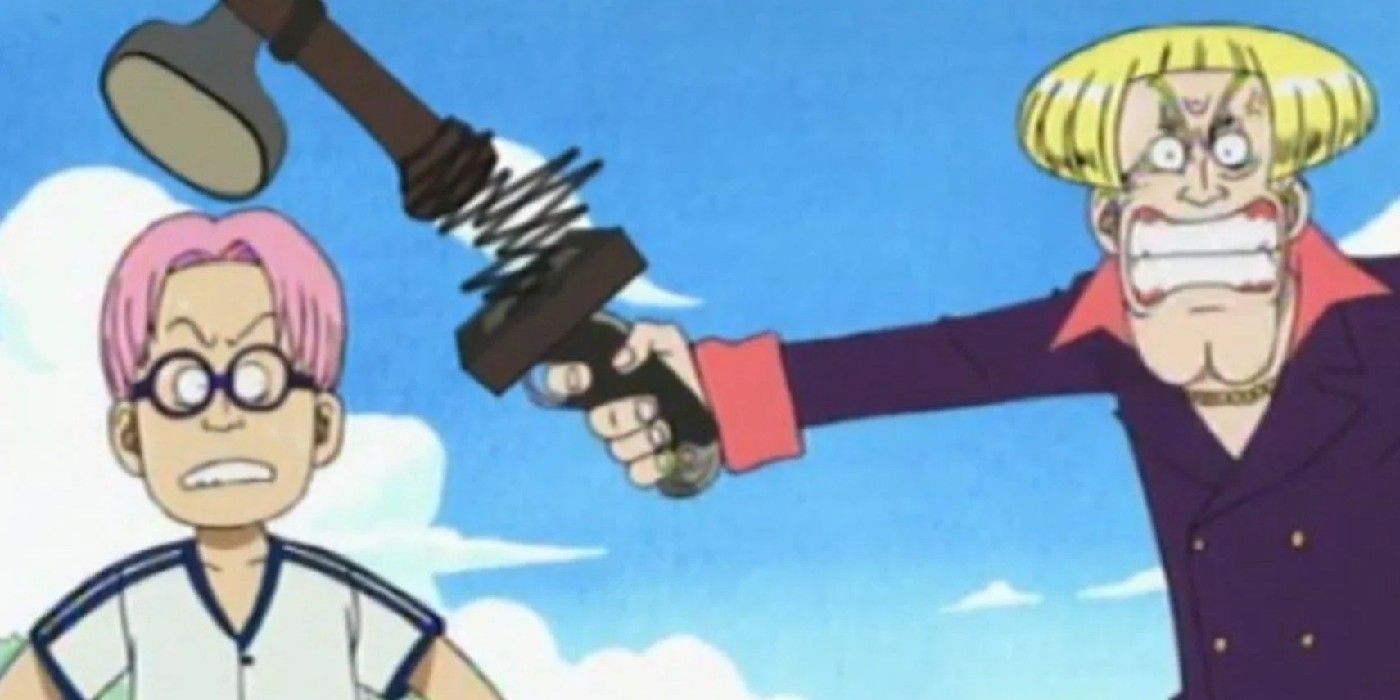A lot of things can turn even the most promising anime bad. Sometimes it's the source material's fault, while in other instances, it's just a case of bad luck. However, there are times when the blame lies solely on the creators.
For one reason or another, someone in the anime's production team made a risky creative decision that they only realized was a mistake too late. While this was a misstep for some shows, it was a death sentence for others.
10 Bleach's Actual Story Was Buried Under Anime-Only Writing
Like many long-running anime of the 2000s, Bleach relied too much on filler arcs and plot contrivances to constantly stay on the air. While the manga is not without its own faults, many of the anime's mistakes were committed by studio Pierrot, not mangaka Tite Kubo. In fact, the changes were so bad that Kubo claims to have gotten physically sick from seeing them.
In a 2017 interview, the mangaka admitted that he wasn't always happy with the changes made for the anime. Though Kubo didn't list down specifics, fans quickly surmised that he was referring to Bleach's filler arcs and movies that only spun the wheels, and its abrupt cancellation just after the interlude Tale Of The Lost Agent arc ended.
9 Fruits Basket (2001) Was Left Hanging After The Mangaka Walked Out
Fruits Basket was one of the biggest shojo anime in the 2000s but, much to fans' dismayed confusion, it ended on a cliffhanger and never continued. Reportedly, this stemmed from the fact that mangaka Natsuki Takaya hated Studio DEEN's adaptation, especially director Akitaroh Daichi's decision to turn her drama into a romantic-comedy.
On top of this tonal shift were other disagreements that ranged from voice casting to the anime's color scheme. Despite the anime's success and popularity, Takaya left and a sequel was never greenlit as a result. It wouldn't be until 2019 when Fruits Basket was rebooted with a more faithful and complete anime, this time with Takaya's blessing.
8 His & Her Circumstances Fell Apart After The Director & Mangaka Stormed Off
His & Her Circumstances started out well enough as a heartfelt rom-com but, halfway through, it devolved into a mess of recap episodes and odd blends of animation techniques, like paper cutouts and manga scans. Reportedly, this was the result of showrunner Hideaki Anno leaving near the show's end, followed by mangaka Masami Tsuda shortly after.
This reportedly stemmed from their intense creative differences, with Tsuda hating Anno's decision to turn her drama into a rom-com. With no director and head writer, the remaining production team cobbled an ending from scratch while struggling with Gainax's financial problems, leading to a cliffhanger that was barely coherent and fulfilling.
7 Berserk (2016) Demanded Too Much From An Inexperienced Team
Despite its critical acclaim, the Berserk: The Golden Age Arc trilogy didn't earn enough to warrant a cinematic future. Guts' rebooted story moved to television, but it was doomed from the start thanks to the team assembled to animate it. Besides Berserk being too ambitious for the small studio GEMBA, it was director Shin Itagaki's first 3D anime.
Not only did Itagaki not know how to helm a 3D anime properly, but his perfectionism clashed with his limited resources and time, leading to a full production reboot just four months before the slated airing date. The end result was an obviously rushed anime that's since been declared to be one of the worst of all time.
6 The Promised Neverland Season 2 Diverged From The Manga & Was Abandoned By The Writers
The Promised Neverland's second season opened to high praise, especially when it began to slowly diverge from the original manga. Though there were some concerns, fans were excited to see the new direction Emma, Ray and everyone else would take. Unfortunately, the production team apparently gave up after the recap episode.
The specifics have yet to be revealed, but behind-the-scenes disagreements got so bad that, by Episode 10, no one in the writing team - including mangaka Kaiu Shirai, who walked out - wanted credit. Whatever disputes occurred backstage led to the anime's drop in animation and writing quality, and its final fate of being one of the all-time worst anime sequels.
5 Kemono Friends' Original Creative Team Was Replaced Because Of The Producers' Unfounded Claims
Shortly after Kemono Friends' first season finished airing, Kadokawa fired director Tatsuki and studio Yaoyorozu for apparently breaching their contracts. Kadokawa accused the two of making unapproved commercials for the show, despite them previously getting carte blanche to make and promote the anime as they saw fit.
Fan backlash was quick and harsh, and Kadokawa only made it worse when it forced the voice cast to issue public apologies for inconveniencing the producers. Kemono Friends' next season was given to another team and it was unanimously declared to be inferior, especially since it lacked Tatsuki's signature charm and passion.
4 Neon Genesis Evangelion's New English Dubs Did More Harm Than Good
Localized dubs will always be polarizing, but the newest English dubs for the infinitely marketable Neon Genesis Evangelion were universally deemed to be questionable at best and detrimental at worst. In brief, Funimation's Evangelion: 3.0 You Can (Not) Redo and Netflix's Evangelion were such one-to-one translations that they came across as artificial and lifeless to many.
These changes were implemented by Studio Khara, since Evangelion 3.0's first dub didn't meet their standards. Not helping was the lack of Claire Letty's "Fly Me To The Moon" in Netflix's end credits due to rights issues and Kaworu Nagisa's new dialogue which toned down or excised his affection for Shinji Ikari, leading to accusations of queer erasure.
3 Digimon: The Movie Was Americanized Beyond Recognition
At the height of Digimon's popularity, 20th Century Fox and Saban Entertainment teamed up to bring the mega-franchise's first movie to theaters. But instead of just dubbing or subbing one of the anime's already existing movies, the studios haphazardly crammed three Digimon movies into one of the most infamous localizations of all time.
Digimon: The Movie was really a feature-length Angela Anaconda episode, where the Digimon footage was contextualized as a movie that Angela and friends watched. Even ignoring Angela's scenes, the movie still cut roughly 40 minutes from the Digimon shorts and bolted the remains together, leaving them with next to no cohesion, context, or story.
2 Sailor Moon's English Dub Was Poorly Managed & Thought Out
Sailor Moon may be an iconic anime today, but it had a rocky start on American television during the 2000s. In brief, the Sailor Scouts' adventures were first dubbed by DiC Entertainment then Cloverway, and both studios ran into so much trouble that the anime got canceled before the fifth and final season even aired.
DiC and Cloverway were burdened with tight schedules and limited resources, leading to a notoriously subpar dub. Not helping were the efforts to Americanize Sailor Moon, one of the quintessential magical girl anime, best exemplified by the preachy "Sailor Says" after-episode segments. Viz Media acquired Sailor Moon's rights in 2014, finally giving the anime the proper dub it deserved.
1 One Piece's Localization Was Forcibly Made Kid-Friendly Because Of Contractual Obligations
4Kids Entertainment has been one of the most enduring punching bags in the anime community, especially after what it did to One Piece. In short, 4Kids edited the PG-rated pirate adventure for kids so much that not only were entire arcs erased, but episodes were defaced with bizarre cuts and censors. Thing is, this wasn't wholly 4Kids' fault.
Originally, 4Kids only wanted to license family anime from Toei Animation, like Magical DoReMi. Toei forced 4Kids to get One Piece as well, despite concerns that it was too violent for 4Kids' demographic. Toei got its way, but it came at the cost of One Piece being dismissed by Westerners for the longest time while also driving the final nail into 4Kids' coffin.

